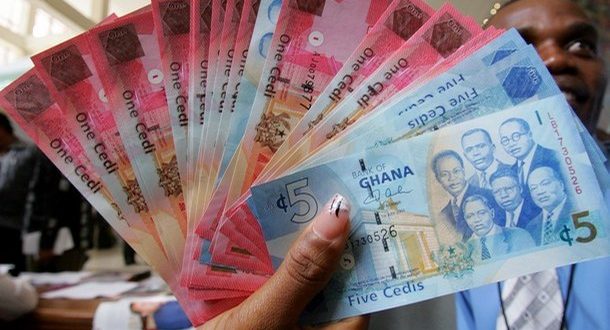Following the frontloading of its financing needs in the first-half – i.e. structuring to borrow more for the first six months of the year, government has slowed down its participation in the domestic debt market, Ministry of Finance data have shown.
The new issuance calendar announced by the Treasury Department of the Ministry of Finance on Monday indicates that government intends to issue GH¢21.17billion in the last quarter, of which GH¢20.13billion is to rollover maturities and the remaining about-GH¢1billion – representing 4.9 percent of the total target – is meant for fresh issuance to meet its financing requirement during the period.
In the previous calendar – the third quarter, government indicated a fresh issuance target of GH¢611.94million, which represented about 2.6 percent of the total target for that period.
But compared to the first and second quarters, government required GH¢2.61billion and GH¢4.13billion in fresh issuances from the domestic debt market, indicating that new issuances in the first half were higher than those of the second half.
The move comes as positive news, given the rising debt levels – especially in the first half of the year. The public debt stock at the end of June 2021, as a percentage of GDP, increased to 77.1 percent of GDP from 76.1 percent at the end of December 2020, inclusive of the financial and energy sector bailouts.
Commenting on this in an earlier interview with the B&FT, Senior analyst with Databank Research, Courage Kingsley Martey, said the lower demand for fresh issuances is a reassuring signal in the midst of market concerns about the pace of increase in Ghana’s debt stock.
“The low need for fresh issuances reflects the strong investor demand and excess uptake at issuances during the first half of 2021. So, it is encouraging to see the Treasury scaling back on new issuances as the domestic financing requirements are met,” he explained.
After falling to significantly low levels, domestic yields have picked up since the third quarter, mainly due to selling pressures from non-resident investors; which has created an excess supply of bonds on the secondary market without a corresponding bid to match, leading to a drop-in bond price (a rise in yields).
Thus, government’s further decision to limit new issuances could help restrain the extra upward pressure on yields in this last quarter, subject to other key factors such as inflation and forex risks.
But the fact that a majority of the planned issuance is rolling over of existing debt means investors will still need to deploy the cash on their balance sheet.
Consistent with the Medium-term Debt Management Strategy, government indicates that it may announce other tap-ins/reopening of existing instruments depending on market conditions.










